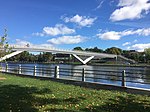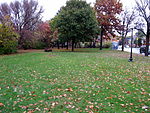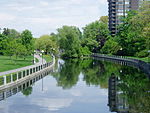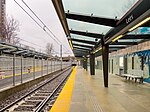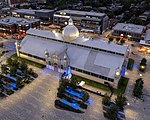Saint Paul University

Saint Paul University (French: Université Saint-Paul) is a bilingual Catholic Pontifical university federated with the University of Ottawa since 1965. It is located on Main Street in Canada's capital city, Ottawa, Ontario. Fully bilingual, it offers instruction in both of the country's official languages: French and English. The university has been entrusted for over a century and a half to the Congregation of the Missionary Oblates of Mary Immaculate. In August 1866, the university was endowed a civil charter that was passed by the government which was then called the Province of Canada. It later received a pontifical declaration promulgated by Pope Leo XIII on 5 February 1889.
Excerpt from the Wikipedia article Saint Paul University (License: CC BY-SA 3.0, Authors, Images).Saint Paul University
Main Street, Ottawa Old Ottawa East (Capital)
Geographical coordinates (GPS) Address Phone number External links Nearby Places Show on map
Geographical coordinates (GPS)
| Latitude | Longitude |
|---|---|
| N 45.4081 ° | E -75.676 ° |
Address
Saint Paul University
Main Street 223
K1S 1C4 Ottawa, Old Ottawa East (Capital)
Ontario, Canada
Open on Google Maps

